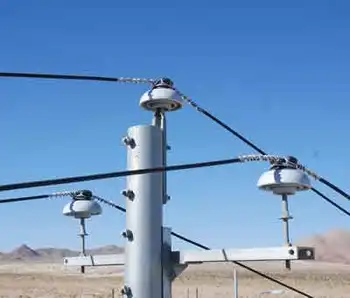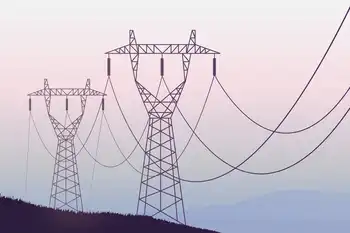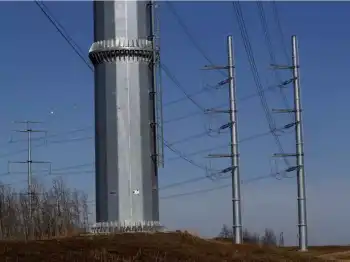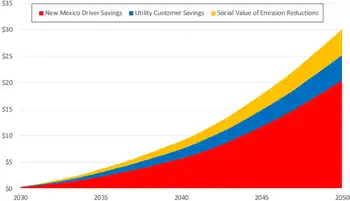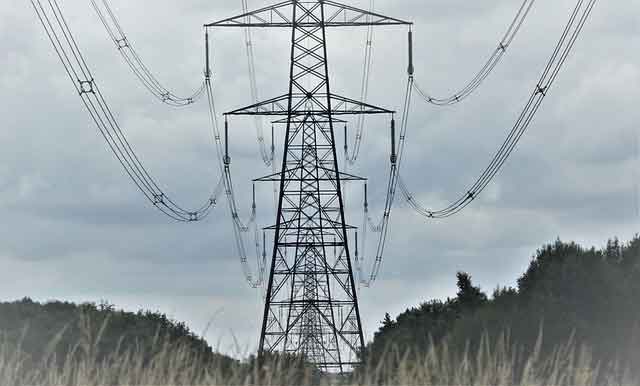Clean technologies moving mainstream
By Calgary Herald
Protective Relay Training - Basic
Our customized live online or in‑person group training can be delivered to your staff at your location.

- Live Online
- 12 hours Instructor-led
- Group Training Available
Now with about 70 independently certified eco products and (US)$70-billion worth of orders in the pipeline, that big bet appears to have paid off.
The growing environmental consciousness of individuals and corporations has opened up a window of opportunity for businesses to make money in the broad and loosely defined green sphere, particularly as the automotive sector, one of the pillars of the Canadian economy, begins to crumble.
While the exact economic contribution from green technology is unknown, growth from sectors such as wind and solar, which added a combined 0.2% to GDP in 2006, remains well below the approximate 2% contribution from the Canadian auto sector.
But with government funding, carbon emission policies and the drive toward more efficient technologies, there is ample room for the industry to grow.
"WeÂ’re very, very bullish on green technology," says Kim Warburton, a spokesperson for GE Canada. "We see that as a continued big play."
From research and development in large, energy-efficient locomotive engines, wind technology, biomass projects, water cleaning membrane technology to small household appliances, GE was well-positioned in the green technology sphere to take advantage of growth once the global recession is over, Ms. Warburton says.
Some of the companyÂ’s latest research remarkably involves lighting a room with wallpaper. Here, small organic light-emitting diodes are embedded into the paper to provide an energy-efficient source of lighting for businesses and homes.
The growing demand for workers with skills to research, develop, analyze and use green or clean technology has not gone unnoticed by CanadaÂ’s universities and colleges.
"Our approach is to incorporate green initiatives throughout all our curriculum," says Nancy Sherman, dean of the Centre for Construction and Engineering Technologies at George Brown College in Toronto. "The demand is there from both a personal and professional point of view."
Whether it is training plumbing students to install grey water systems or teaching architecture, construction or design students to develop energy-efficient buildings, skills that incorporate knowledge about environmentally sustainable practices were well sought-after, Ms. Sherman says.
She says a survey of 200 businesses and 100 students compiled by George Brown two years ago showed eight of 10 employers ideally want to hire workers who had knowledge of green practices, while nine in 10 students said they would prefer to work for an environmentally sustainable company.
The demand for green skills has increased across a broad range of industries as environmental awareness has grown. However, Ms. Sherman says the energy sector provided the biggest growth opportunity because of the recent flow of government funding for clean energy initiatives.
Economic opportunities for green technology in Canada have become more promising as a result of the promulgation of cleaner energy development by the Barack Obama administration in the United States.
Jonathan Robinson, the chairman and chief executive at Toronto-based Sandfire Securities Inc., which has research units specializing in investment opportunities in clean technology and alternative energy, says clean technology in Canada would likely benefit from the change in dynamics south of the border.
However, he says there remain significant hurdles for the sector to clear, such as old electricity grids and low tariffs paid by utilities for clean energy.
"We have problems today with the limited capacity the power grids can carry," Mr. Robinson says, adding there is great growth potential in developing efficient and accessible capacity.
But for business to overcome these hurdles, it would take continued political will and funding to develop new technologies. For now, Mr. Robinson says, the stimulus provided in the 2009 federal budget has provided good incremental drivers to develop clean energy.
Ottawa, which has committed to reducing greenhouse gas emissions by 20% by 2020, set $702-million aside in the budget for the development of a more sustainable environment between 2008-11. Of that, $400-million was designated for projects designed to transform to a "Green Energy Economy," $292-million was for nuclear energy development, and $10-million for improved environmental disclosure. The funding builds on the $375-million spent on the development of carbon capture and storage technologies since 2006. The government estimated its support for clean technology would generate investment of at least $2.5-billion over the next five years.
Mr. Robinson says some of the more promising areas for clean energy development lie not necessarily in well-known wind and solar electricity projects, but in the development of biofuels and smart-grid technology — a digital electricity network designed to save energy, reduce costs and increase reliability.
Other promising green opportunities are in water purification technologies, such as membrane technology, a low energy and chemical-free means of cleaning water or other solutions.
Mr. Robinson says the majority of businesses operating in the clean energy and technology sphere are generally small. He says it would likely be about three years before these technologies moved to the mainstream market.
"I do see it getting there," he says.





